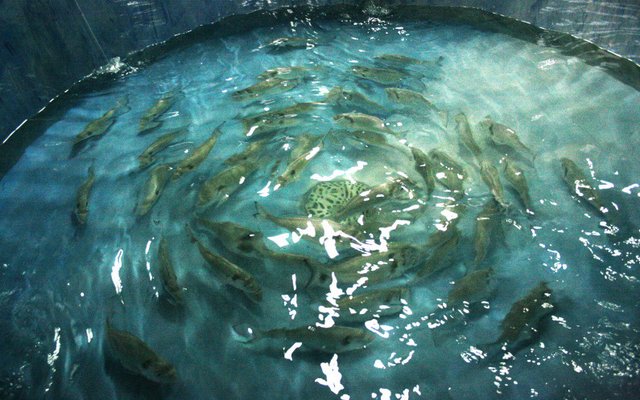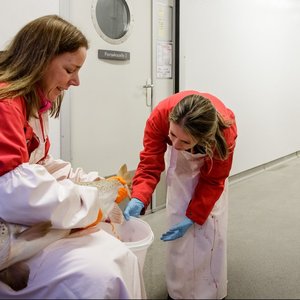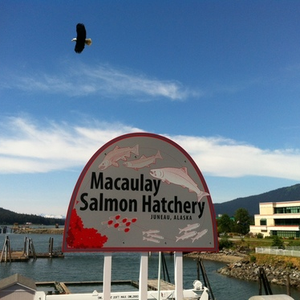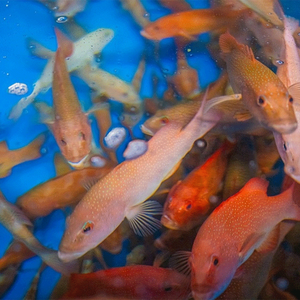Scientists from the European AquaIMPACT research project found that genetic selection in gilthead seabream (Sparus aurata) affects its intestinal microbiota and disease resistance.
The intestinal microbiota of fish is affected by numerous factors such as age, water quality, genetics or diet. There is considerable genetic variability in cultured seabream populations, the result of a common practice in aquaculture, genetic selection.
In this study, scientists divided seabream into three groups according to genetically selected growth rate: slow, intermediate and fast, and were fed on a plant-based diet. The plant-based diet significantly changed the microbial makeup of the slow- and intermediate-growth groups with a much weaker effect observed for the fast-growth group. Moreover, when exposed to an intestinal parasite common in gilthead seabream, Enteromyxum leei, the fast-growth group showed significantly lower parasite intensity and abundance than the slow-growth group.
Results suggest that genetics strongly influence the microbiota of gilthead seabream, with fast-growth fish harboring microbes that are better able to cope with an intestinal infection and flexible to changes in diet, opening the door to the use of new feeds with low content of fishmeal and fish oils.
Jaume Pérez Sánchez, one of the researchers of AquaIMPACT project, said that “from a practical point of view, this study can significantly contribute to improving current feed formulations and genetic selection programs based on diets low in fishmeals and fish oils.”
Check out the study here.













